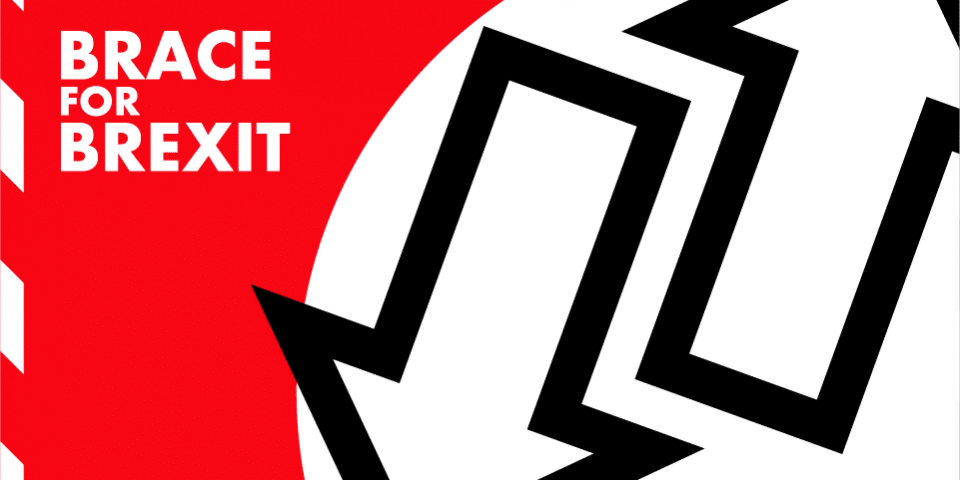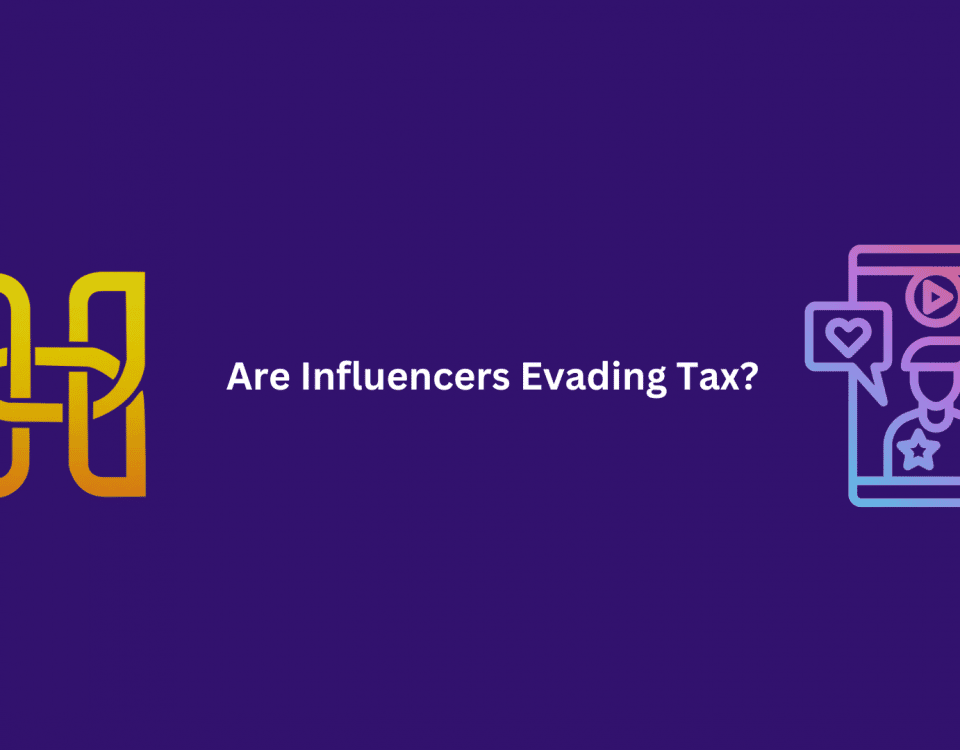Most aspects of international trade in terms of VAT and duties are already known and will not change regardless of the negotiations between the EU and UK governments.
This is now a good time for businesses to start preparing for Brexit and we will start with a quick summary of how movement of goods currently work under the EU rules.
Dispatches are goods leaving one EU member state and arriving in another EU member state
Arrivals are goods arriving from an EU member state into another EU member state
For non-EU trade:
Exports are goods leaving the EU/UK to a non-EU destination
Imports are goods arriving into the EU/UK from non-EU location
From 1 January 2021, there will be no more dispatches and arrivals for UK businesses, only imports and exports.
The UK business also submits an EC Sales List (ECSL) and if the value of their arrivals/dispatches reach thresholds, an intrastat return is also required.
As soon as the value of total sales in a year exceeds the distance selling threshold for the EU member state (for many it is €35,000), then the UK business must stop charging UK VAT and is required to register for VAT in the EU Country where the distance selling threshold has been exceeded.
This is now a good time for businesses to start preparing for Brexit and we will start with a quick summary of how movement of goods currently work under the EU rules.
Terminology
For intra-EU trade:For non-EU trade:
From 1 January 2021, there will be no more dispatches and arrivals for UK businesses, only imports and exports.
How goods are accounted for between UK and EU
Selling to EU: B2B
These are “dispatches”. When the sale is business to business (B2B), the UK seller obtains the EU customer’s VAT number. The sale is zero-rated under reverse charge rules, the EU business accounts for VAT on their VAT return.The UK business also submits an EC Sales List (ECSL) and if the value of their arrivals/dispatches reach thresholds, an intrastat return is also required.
Selling to EU: B2C
Where the sale is to a non-business customer (B2C) the sale is treated as a UK sale, VAT is charged at the appropriate UK VAT rate (0%, 5% or 20%) depending upon what the goods are. The UK seller sends goods to the EU consumer.As soon as the value of total sales in a year exceeds the distance selling threshold for the EU member state (for many it is €35,000), then the UK business must stop charging UK VAT and is required to register for VAT in the EU Country where the distance selling threshold has been exceeded.




